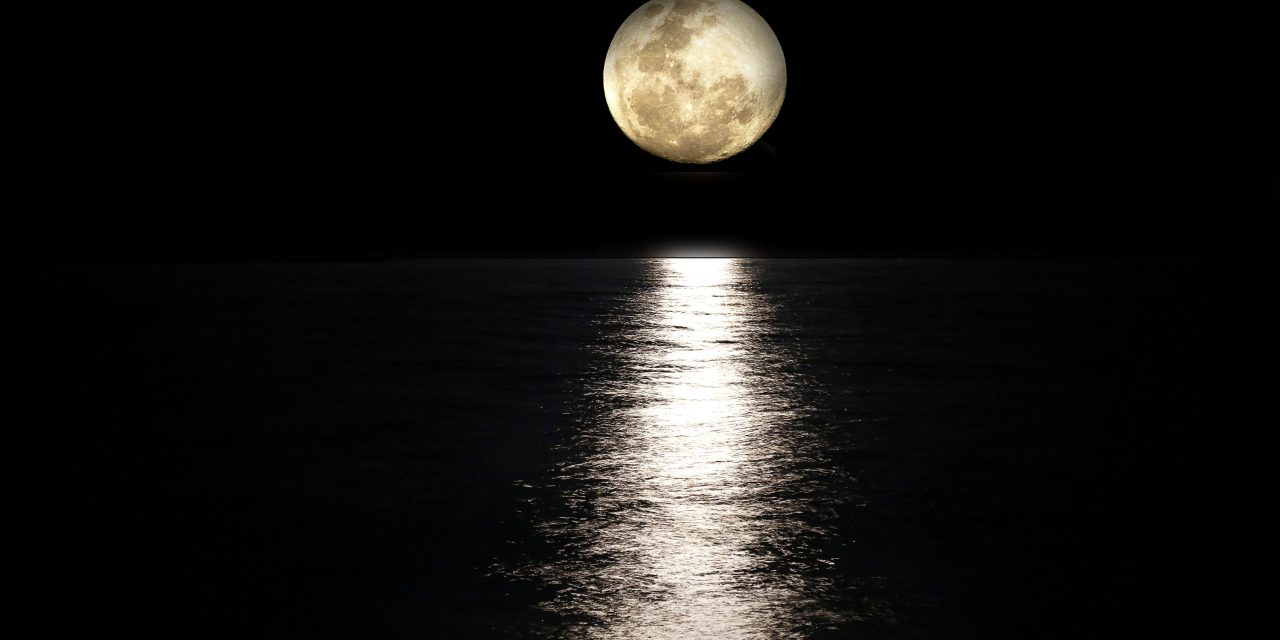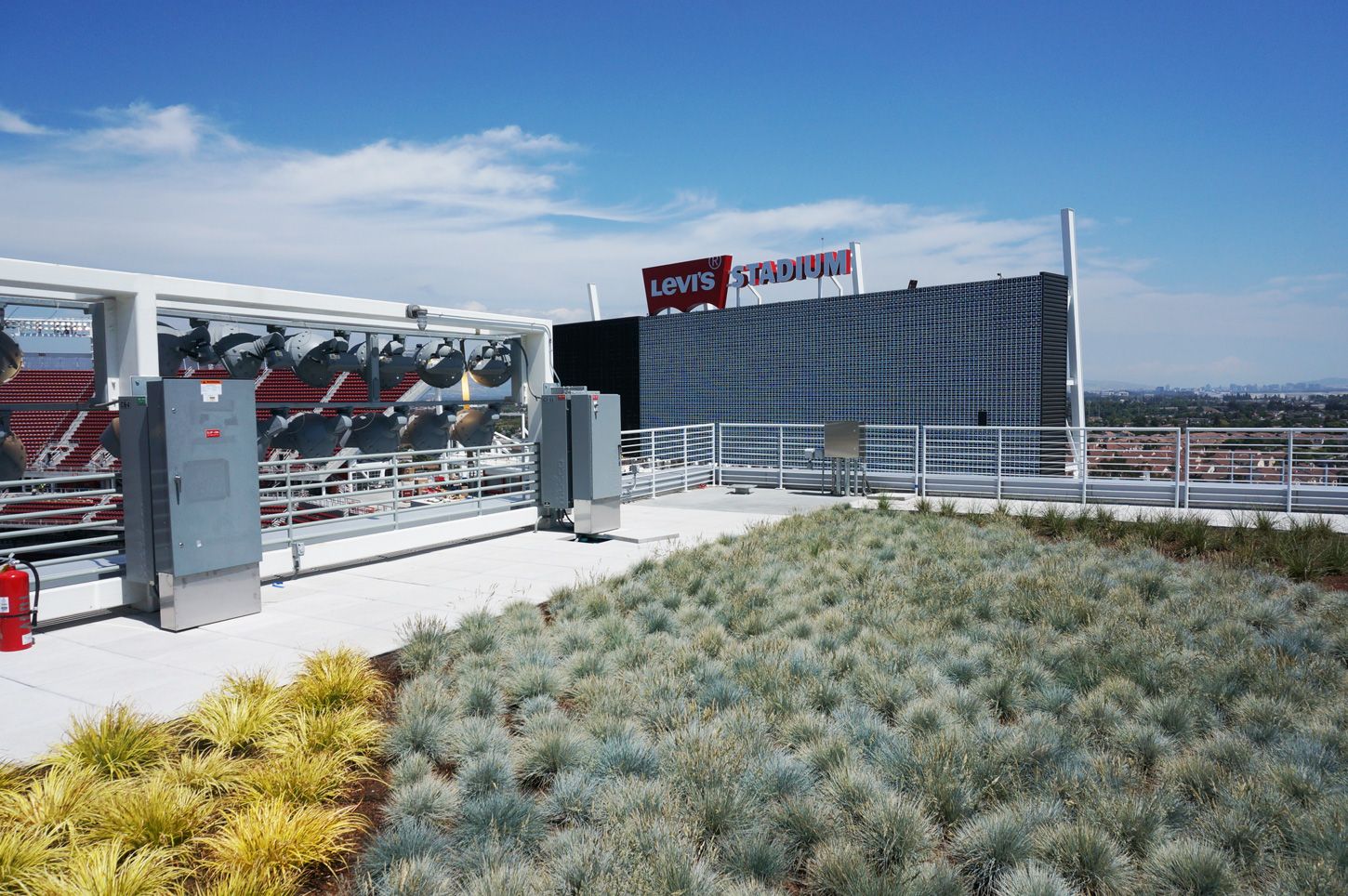According to new predictions from the U.S. National Aeronautics and Space Administration (NASA) and the University of Hawai’i at Mānoa (UH), climate change-induced sea level rise coupled with the regular movements of Earth’s moon will significantly worsen coastal flooding hazards posed by routine high tides beginning in the mid-2030s. The research team’s analysis, which appeared in the journal, Nature Climate Change, emphasizes that nearly all U.S. coastal cities (other than those in Alaska) will experience a roughly decade-long period of more frequent high-tide flooding as defined by today’s thresholds.
Philip Thompson, UH oceanographer and lead author of the new study, described that the high-tide floods that many coastal residents regard today as minor nuisances tomorrow might become major problems, if his team’s predictions prove correct.
“If it floods 10 or 15 times a month, a business can’t keep operating with its parking lot under water,” Thompson said in a release. “People lose their jobs because they can’t get to work. Seeping cesspools become a public health issue.”
Why the Moon Matters
Earth’s moon completes an orbit around the planet approximately every 27 days. However, the specific path of that orbit tends to tilt and fluctuate as the moon rotates, a phenomenon known as lunar nodal precession. Because of lunar precession, the moon gradually moves closer and further away from Earth rather than maintaining a constant distance. These constant shifts bring differences in the moon’s gravitational pull, which scientists believe exerts the greatest influence over tide height throughout Earth’s oceans.
A full lunar nodal precession cycle takes about 18.6 years to complete, marked by two distinct periods. In the first half, when the moon is close, nearly all coasts on Earth (other than those at its northern and southernmost points) experience lower high tides and higher low tides. The opposite is the case during the second half; as the moon moves further away from Earth, high tides become higher and low tides become lower. The moon has been in this second half of its cycle since October 2015.
Scientists have recognized and studied lunar nodal precession since as early as 1728. However, at least along U.S. coastlines, the half of the precession cycle that amplifies high tides has not yet caused a notable uptick in the frequency with which high tides turn to coastal floods, the authors describe.
Compounding Hazards
The U.S. National Oceanic and Atmospheric Administration (NOAA) estimates that the global mean sea level rose by about 3.6 mm (0.14 in.) each year from 2006 to 2015, a rate about 2.5 times faster than the annual increase throughout the 1900s. By the time the next tide-amplifying cycle arrives — expected in March 2034 — the new study illustrates that even conservative sea-level rise projections would compound the moon’s influence to transform high tides into coastal floods with far greater frequency than today.

In St. Petersburg, Florida, for example, NOAA’s intermediate sea-level rise scenario suggests that the average mean sea level will rise by about 8.9 cm (3.5 in.) between 2024 and 2033. During this tide-dampening phase of the lunar nodal cycle, the researchers project that the height of St. Petersburg’s highest tides will rise by only about 4.3 cm (1.7 in.). This still equates to roughly six more days each year that high tides would rise to a point surpassing NOAA’s criterion for a minor flood.
On the other hand, beginning in 2034, the team’s projections indicate a major increase in maximum high-tide height during the following decade. These tides will be approximately 14.1 cm (5.5 in.) taller than today’s high tides. An increase of that magnitude would result in as many as 67 more coastal-flood days per year in St. Petersburg by 2043, according to the study.
Projections made by the research team tell similar stories in cities around the U.S., including both East and West Coasts as well as along the Gulf of Mexico.
“From a planning perspective, it’s important to know when we’ll see an increase,” said Ben Hamlington, study co-author and principal investigator of NASA’s Sea Level Change Team. “Understanding that all your events are clustered in a particular month, or you might have more severe flooding in the second half of a year than the first – that’s useful information.”
Read the full, open-access study, “Rapid Increases and Extreme Months in Projections of United States High-Tide Flooding,” in Nature Climate Change.
Top image courtesy of Patou Ricard/Pixabay






